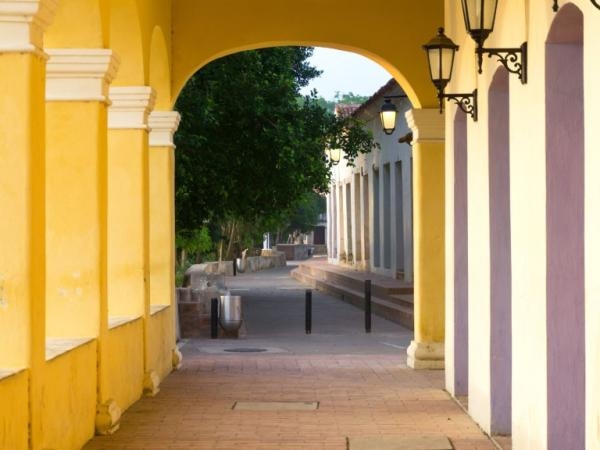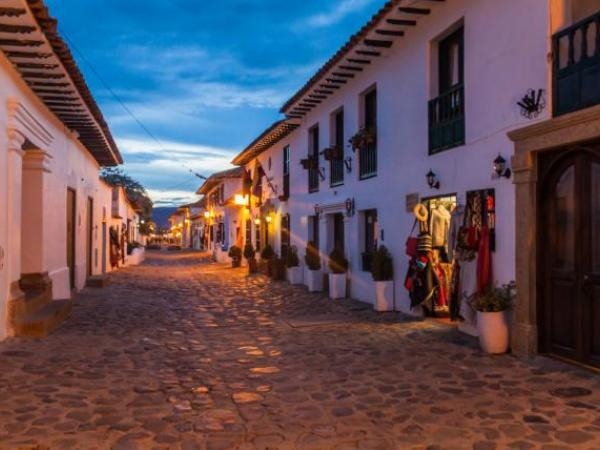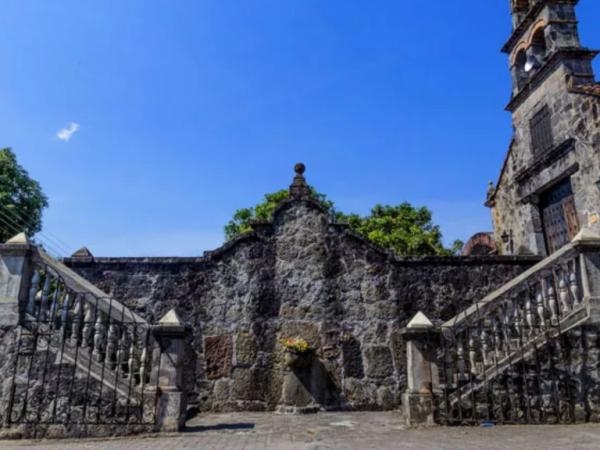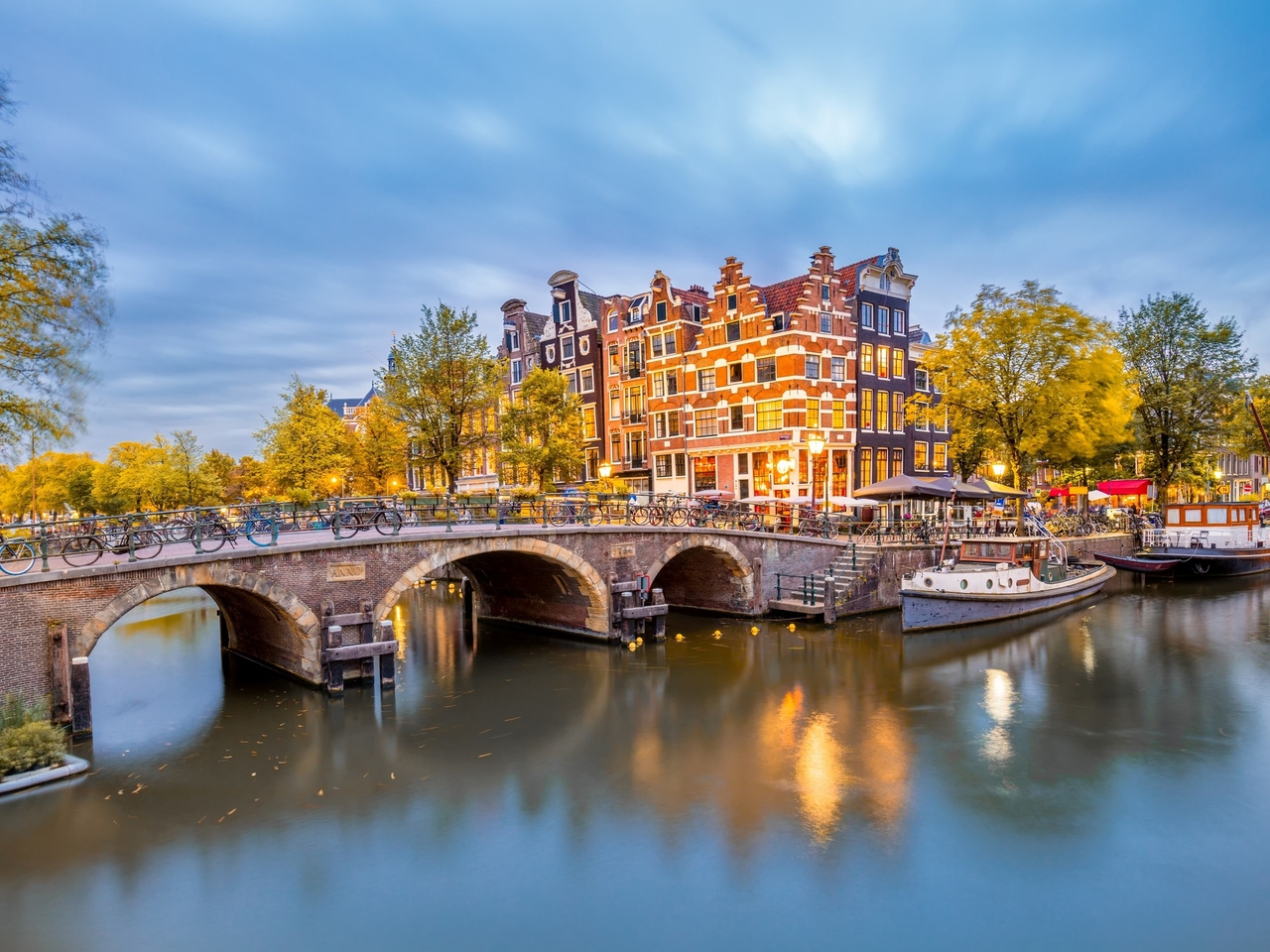Nine trends that will shape travel in Latin America in 2026

Sustainable tourism
iStock
The Latin American tourism industry is preparing for a paradigm shift by 2026, with nine trends redefining the concept of travel. The all-inclusive format is transforming, tourism linked to sports and culture is gaining momentum, and technology is expanding in-flight and stopover experiences. Personalization and authenticity are emerging as core values, while hotels seek to redefine luxury in terms of connection and purpose.
You can see: Minor Hotels debuts in Peru with a disruptive brand and plans expansion into Colombia
The traditional all-inclusive resort model in Latin America has evolved toward offerings that combine comfort with personalized experiences, local cuisine, and wellness activities. This is according to an analysis presented by Marriott International at the panel "Latin American Travelers: Trends, Priorities, and the Future of Tourism." It found that 89% of Latin Americans have already tried this format, and 87% of them would be willing to return. According to the report, this evolution is due to the fact that travelers "want everything in one place, without sacrificing local authenticity."
Furthermore, resorts are moving away from being seen solely as destinations for family relaxation or mass tourism, and are positioning themselves as spaces of luxury, cultural immersion, and well-being, tailored to the tastes of travelers seeking comfort and connection.
Amateur, cultural, and sports tourism on the riseAnother key focus for 2026 is the rise of so-called hobby tourism, linked to sporting and cultural events. With the 2026 World Cup approaching, which will be partially held in Mexico, experts foresee a surge in event-driven travel in the region. Recent examples also noted include concerts by Bad Bunny in Puerto Rico or concerts by other figures in Rio de Janeiro, which not only attract visitors but also encourage longer stays and destination exploration. Travelers no longer travel solely to attend an event: they seek to integrate into it through cultural, sporting, culinary, and community experiences, according to data from the panel moderated by Maia Chacra.
You may be interested in: Work begins on the expansion of Santa Marta's Simón Bolívar Airport.

Sustainable tourism
iStock
In terms of transportation and connectivity, Latin American airlines are integrating technological innovations that improve the traveler experience. For example, Aeroméxico has launched an eSIM service so users can stay connected while traveling abroad without having to change SIM cards. Furthermore, the incorporation of artificial intelligence is being used to personalize service, enhance safety, and optimize digital flight platforms.
At the same time, the stopover model has been revised: Copa Airlines, for example, offers its Panama Stopover program, which allows travelers to enjoy up to seven nights in Panama during a stopover, transforming a technical stop into a mini-trip.
Authenticity, sustainability and coherenceTourism agendas are also focusing on the authenticity of the experience and the coherence between what is promoted and what is actually experienced. Carolina Pérez, director of the Dominican Republic Tourism Office in Mexico, emphasized that "what you see is what you experience": new travelers value hospitality, authenticity, and a sustainable approach. In this regard, the Dominican Republic is committed to programs that address generational diversity and the preservation of the natural environment.
This interest in what is genuine also goes hand in hand with the demand for “experiences that reconnect with oneself and others.”
Hotels and the new luxuryThe report also addresses the transformation of the concept of luxury in Latin American tourism. Large hotel chains are migrating from physical space to experiential value: loyalty is no longer based solely on frequent stays but also on access to exclusive experiences, such as dinners with renowned chefs or private concerts. For example, the Marriott Bonvoy loyalty program is being designed to transform each stay into "an opportunity for learning and cultural connection."
Also read: Air traffic in Latin America grew in August, driven by Brazil, Argentina, and Peru

Sustainable tourism
iStock
The analysis presented at the panel highlights that tourism in Latin America is not simply about offering more destinations or more services, but about offering "better" services. The three major levers identified are: authenticity, technology, and human connection.
In this context, areas like Mexico City are working to strengthen their infrastructure, signage, mobility, and cultural offerings in preparation for the 2026 World Cup.
The profile of the Latin American traveler towards 2026The emerging Latin American traveler prioritizes convenience, self-connection, and cultural immersion. According to the report, travelers are seeking "transformative experiences" and not just idyllic destinations or major cities. In this sense, agencies, airlines, and hotels are adapting formats to respond to this search: more human, personalized trips, in which technology serves as a facilitator of transformative experiences. PAULA GALEANO BALAGUERA
Portfolio Journalist
Portafolio





